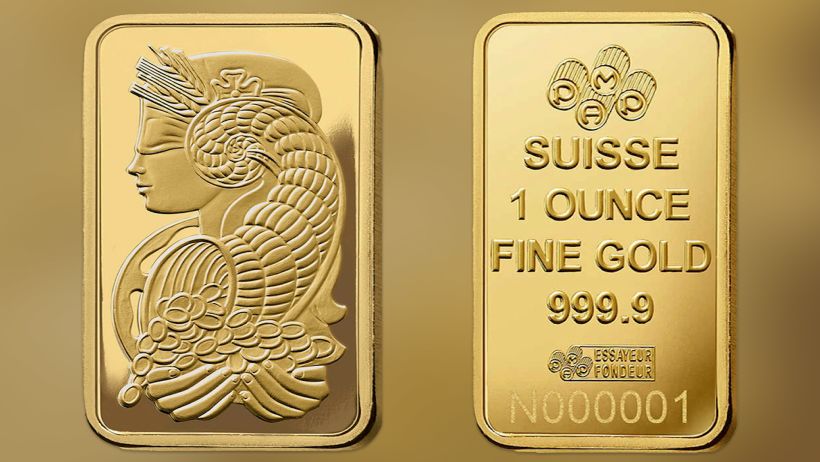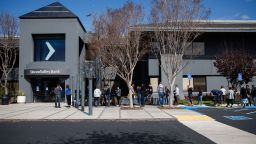Editor’s Note: A version of this story appeared in CNN Business’ Nightcap newsletter. To get it in your inbox, sign up for free, here.
After a few days marked by frenzied bank runs, plunging stocks and an extraordinary government intervention, the mood on Wall Street was notably cheerier Tuesday.
Why? The government’s emergency measures — backstopping deposits and setting up a lending facility for banks that need cash — have worked, at least for now.
No banks failed Monday, despite concerns that turmoil from the collapse of Silicon Valley Bank would spread, causing a run on similarly positioned regional banks. Shares of those banks, including First Republic, have bounced back sharply Tuesday after a brutal selloff Friday and Monday.
First Republic Bank, which many had feared could be the next domino to fall, surged nearly 60% early Tuesday after falling by the same amount the day before. It was up some 40% in the afternoon.
Western Alliance Bancorp’s stock was up 20%. PacWest Bancorp rose more than 40% after ending Monday down 20%.
Of course, it’s hard to say how long the enthusiasm — buoyed by hopes that the Federal Reserve will back off on its interest-rate hikes sooner than initially planned — will last.
“The market has deluded itself into a mix of self-calm and enthusiasm that the Fed … will pivot far sooner,” said Eric Schiffer, chairman of private equity firm Patriarch Organization. “But it’s wrong … inflation won’t just die without a further rate hike walloping.”
‘Bonfire of fear’
Like a bad flu, the panic came on fast and abated just as quickly.
Last Thursday, as Silicon Valley Bank began to unravel, a venture capital fund founded by billionaire tech founder and investor Peter Thiel reportedly advised companies to pull money from SVB amid concerns about its financial stability.
The bank’s customers — mostly tech firms and the people running them — got word of trouble through frantic texts and tweets.
On Friday alone, those customers withdrew cash at a rate of $4.2 billion every hour, for 10 hours. That left the bank with $1 billion in negative cash balance.
At the same time, short sellers piled on, betting SVB’s stock would continue to fall.
“Once Thiel and others piped up, this became a short-seller-induced bonfire of fear,” said Daniel Alpert, managing partner of Westwood Capital.
“Most of what has happened is profit-seeking by opportunistic shorts who are just sitting there saying, ‘This is great — everyone’s tanking,” Alpert said. “The shorts will eventually say, ‘OK I’ve had enough.’
When short-sellers “cover” their positions, the shorted stock typically rebounds, as most regional banks did on Tuesday.
‘Moral hazard’
The Federal Reserve is in an awkward spot, cast as both hero and villain in the current banking drama.
After a yearlong campaign to tame prices, the central bank now faces a no-win situation: Annual inflation is at 6%, triple what the Fed considers to be healthy. But the Fed’s rate hikes also contributed to this mess by collapsing the value of banks’ government bond holdings.
“The decisive and quick actions by the Feds did help to calm not only the banking sector but also the broader markets,” said Reena Aggarwal, a professor of finance at Georgetown’s McDonough School of Business.
However, there is a “moral hazard problem when regulators step in,” she added, referring to the notion that banks may take on greater risk if they believe they will ultimately be bailed out.
The rescue isn’t without critics — this is America, after all.
Ken Griffin, the hedge fund manager, rather dramatically told the FT that American capitalism is “breaking down before our eyes.” (Oh, if only, Ken…)
His argument: The US economy is so strong that government should have let SVB’s customers lose their money.
“It would have been a great lesson in moral hazard,” he said, practically tripping over his Harvard degree and $33 billion in personal fortune.
Enjoying Nightcap? Sign up and you’ll get all of this, plus some other funny stuff we liked on the internet, in your inbox every night. (OK, most nights — we believe in a four-day work week around here.)






















